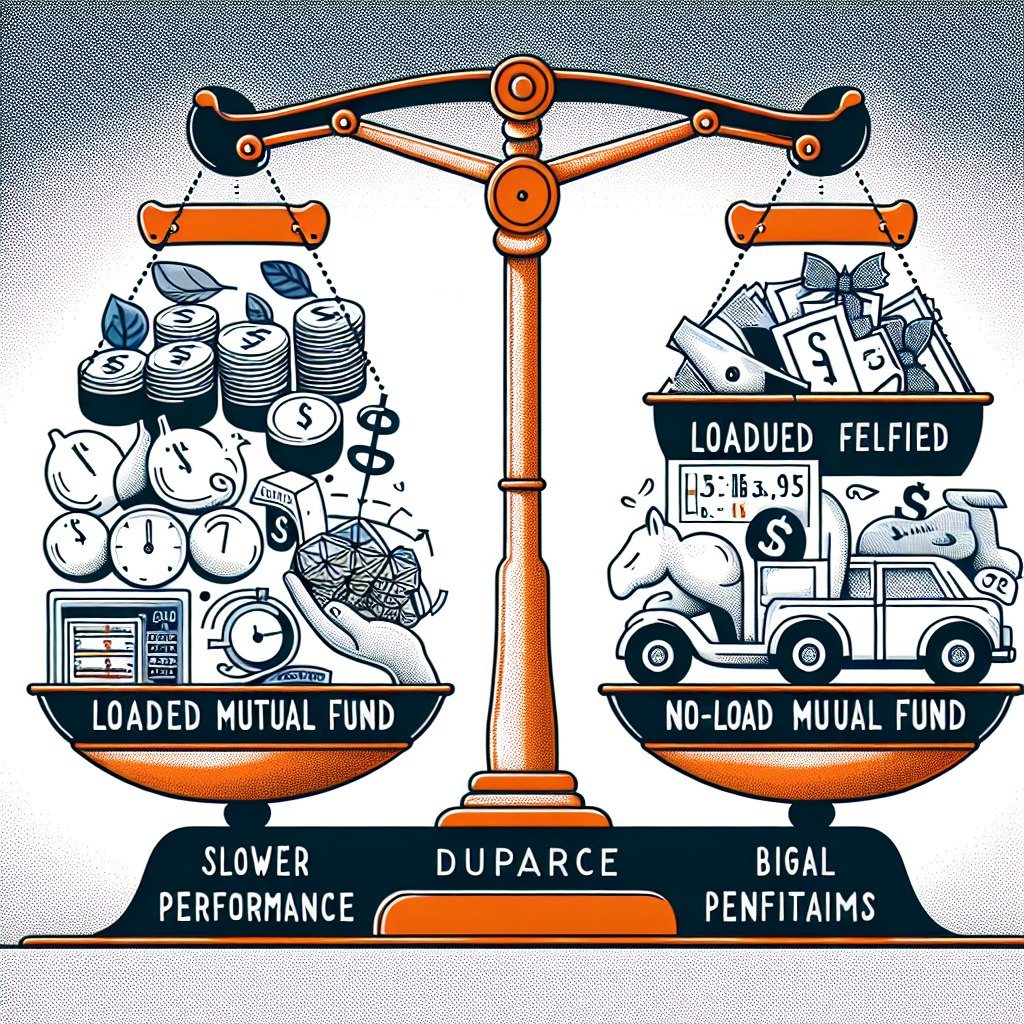Venturing into mutual fund investments can be one of the most straightforward routes to building wealth. But when assembling your portfolio, grasping the nuances between load and no-load funds is crucial — it can significantly enhance your potential gains.
Understanding Load Funds
A mutual fund tagged with a load essentially means it levies a sales charge. Typically, this fee is a slice of your invested capital, applied either at the moment you buy shares — known as a front-end load — or later upon selling them, called a back-end load, as Jonathan Bednar, CFP at Paradigm Wealth Partners, explains. Additionally, there’s a category of loads assessed annually, referred to as level loads.
Categories of Load Funds
Bednar highlights how mutual fund providers classify shares based on these fees:
- Class A shares: Front-end loads typically with more modest charges
- Class B shares: Back-end loads, generally costing more than Class A shares
- Class C shares: Level loads that spread out higher fees to compensate for the absence of purchase or redemption commissions
These sales fees chip away at your net returns depending on their magnitude. Julian Morris, CFP and principal at Concierge Wealth Management, notes front-end loads can soar up to 5.75%. He further remarks that the heftier your investment with a mutual fund firm, the thinner the fees might be. Back-end charges fluctuate but are usually heftier if shares are cashed out within twelve months.
Besides loads, investors should keep an eye out for additional costs that mutual funds might tack on.
The No-Load Fund Alternative
For those keen on dodging sales commissions, no-load funds present an attractive option, according to Morris.
“No-load funds are usually hosted by major fund aggregators and lean towards passive management styles,” he adds, noting that some of these funds still impose certain fees.
Bednar clarifies, “The SEC permits no-load funds to charge a 12b-1 fee, but it mustn’t exceed 0.25%.”
Relevant Statistics on Mutual Funds
According to data compiled from the Investment Company Institute, as of 2023, no-load funds represent roughly 70% of all mutual fund assets in the United States, highlighting their growing popularity among retail investors. The average expense ratio for actively managed load funds hovers around 1.20%, while no-load funds average closer to 0.50%, underscoring the cost efficiency no-load options can offer.
Load or No-Load: Deciding What Fits You
Ultimately, the choice between load and no-load funds pivots on your personal financial blueprint and aspirations. Exchange-Traded Funds (ETFs) also enter the fray as niche, commission-free contenders.
Morris suggests that engaging with an advisor who offers no-load funds or waives commissions can be a smart move when selecting investments.
Getting Started with Professional Guidance
“Wrap programs, which charge a single percentage based on assets under management, offer a blend of convenience and cost-effectiveness,” Morris explains.
Such programs usually bundle financial guidance alongside discounted or waived sales charges.
Still, Morris cautions investors to verify they’re collaborating with a fiduciary — someone legally bound to prioritize your interests and openly disclose conflicts of interest.
Key Takeaways on Costs and Returns
Since no-load funds often match or surpass the performance of their load-bearing counterparts, steering clear from sales loads whenever feasible is the savvy play — and in most cases, it certainly is.
Funds carrying sales loads — whether at purchase, sale, or on a recurring basis — add extra expenses that no-load instruments sidestep. Yet, no-load funds don’t come entirely fee-free. Vigilance about all charges and their ripple effects on your net returns remains essential. Dropping a sales fee upfront can shrink your earnings potential, making it an uphill climb for those funds to outperform no-load peers.



